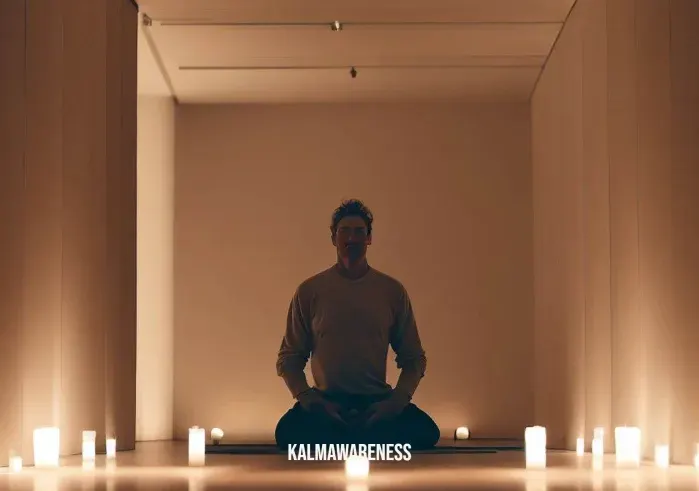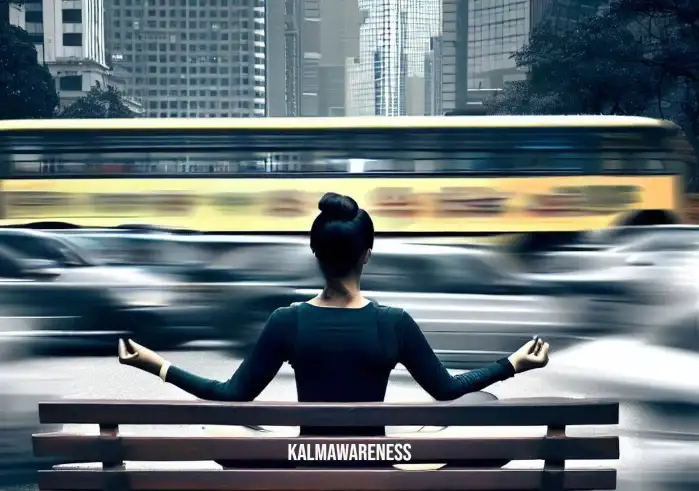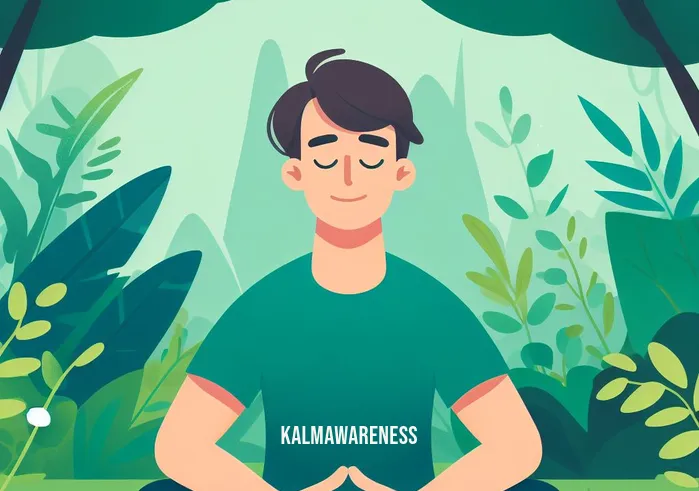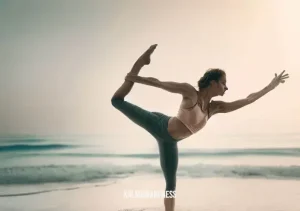Exploring the Hardest Asana
Welcome to the world of yoga, where we delve into the realm of strength, flexibility, and inner peace. In this article, we will unravel the secrets of one of the most challenging yoga poses – the Hardest Yoga Pose. Get ready to push your limits and explore the depths of your practice.
| Description | Explanation |
|---|---|
| Pose Name | Hardest Yoga Pose |
| Original Name | Siddhasana |
| Difficulty Level | Advanced |
| Pose Category | Hatha Yoga |
| Exercise Duration | Beginners: 30 seconds<br>Advanced: 1 minute |
Hardest Yoga Pose, also known as Siddhasana, is a seated posture that demands a high level of flexibility and focus. It is revered for its ability to activate the energy within, leading the practitioner towards spiritual awakening.
Embracing the Challenge
Find Your Seat
Begin by sitting on the floor with your legs extended in front of you. Take a moment to ground yourself and connect with your breath.
Bend the Right Knee
Bend your right knee and bring it close to your groin, tucking the heel against your perineum. Ensure that your right foot is resting comfortably between your left thigh and calf.
Steady Your Spine
Straighten your spine and align it with your head and neck. Keep your shoulders relaxed and roll them back slightly to open your chest.
Hand Placement
Place your hands on your knees in Chin Mudra (index finger and thumb touching) or Jnana Mudra (thumb and index finger forming a circle).
Gaze and Breath
Fix your gaze on a point ahead or close your eyes gently. Take deep, slow breaths, allowing the prana (life force) to flow freely throughout your body.
Balance and Stillness
Maintain the pose with a sense of balance and stillness. Embrace any sensations that arise and let go of any unnecessary tension.
Switch Sides
To release the pose, gently extend your right leg and return to the starting position. Take a moment of stillness before repeating the same steps on the opposite side.
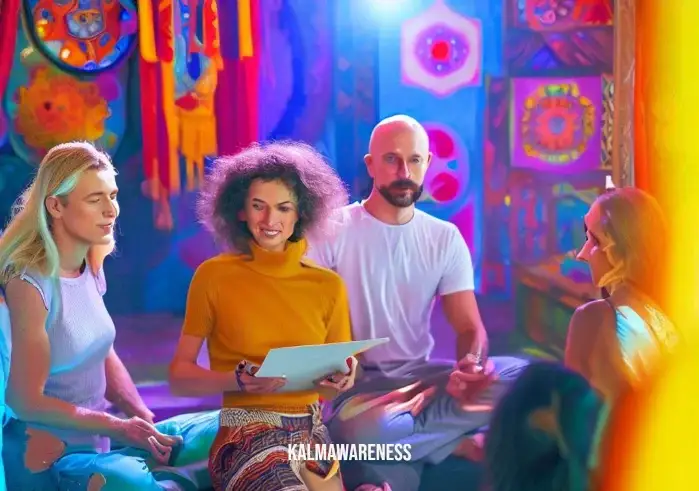
Unveiling the Benefits of the Hardest Yoga Pose
In the previous chapter, we explored the depths of the Hardest Yoga Pose, Siddhasana, and learned the steps to embrace this challenging posture. Now, let’s uncover the wonderful benefits that this pose offers, along with important considerations for practitioners of different levels. Remember to keep the keyword “hardest yoga pose” and its synonyms in mind as we delve deeper into the rewards of this powerful asana.
The Wonders of Siddhasana
Physical Benefits
- Hip Opener: Siddhasana stretches and opens the hips, providing relief from tightness and improving hip flexibility.
- Spinal Alignment: Practicing this pose promotes proper spinal alignment, which enhances posture and alleviates back pain.
- Digestive Health: The gentle compression on the abdomen aids in massaging the digestive organs, promoting better digestion.
- Strengthens Pelvic Floor: Siddhasana engages and strengthens the pelvic floor muscles, supporting overall pelvic health.
- Stimulates Nervous System: This pose activates the parasympathetic nervous system, inducing a state of relaxation and calm.
Mental and Spiritual Benefits
- Meditative Focus: Siddhasana creates a stable and comfortable base for meditation, aiding in concentration and inner stillness.
- Energy Activation: By channeling the energy within, practitioners may experience heightened spiritual awareness.
- Balanced Mind: Regular practice of Siddhasana can lead to a balanced and tranquil state of mind.
Who Should Avoid Siddhasana
While the benefits of Siddhasana are numerous, it is important to consider certain limitations and contraindications. This pose may not be suitable for:
- Knee or Ankle Injuries: Individuals with knee or ankle injuries should avoid Siddhasana, as it involves significant pressure on these joints.
- Lower Back Issues: Those with chronic lower back pain or disc problems should approach this pose with caution or avoid it altogether.
- Pregnant Women: Pregnant individuals should refrain from practicing Siddhasana due to the pressure it exerts on the pelvic region.
Variations for All Levels
Regardless of your level of experience, there are variations of Siddhasana that cater to different abilities:
- Easy Cross-Legged Pose: For beginners or individuals with limited flexibility, a simple cross-legged sitting position can be a gentle alternative.
- Half Lotus Pose: Those seeking a gradual challenge can opt for Half Lotus Pose, where one foot rests on the opposite thigh while the other remains on the floor.
- Full Lotus Pose: Advanced practitioners can attempt the Full Lotus Pose, crossing both legs over each thigh, which demands higher flexibility and practice.
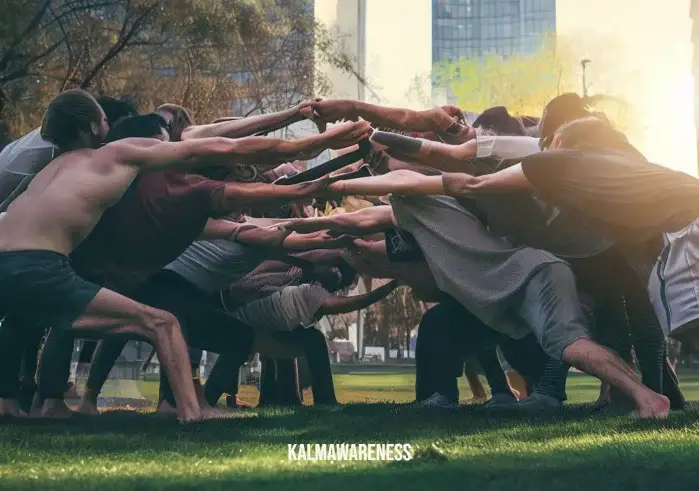
Unveiling the Mystical History of the Hardest Yoga Pose
As we continue our exploration of the Hardest Yoga Pose, Siddhasana, let us delve into the rich history and spiritual significance behind this ancient asana. This part of the article will shed light on the origins of Siddhasana, its symbolism, and how to infuse your practice with deeper meaning. The keyword “hardest yoga pose” and its synonyms will continue to be seamlessly integrated throughout.
The Ancient Origins
Siddhasana has its roots in traditional Hatha Yoga, dating back thousands of years to ancient India. The term “Siddha” in Sanskrit means “accomplished” or “perfected,” and this pose is believed to have been practiced by the revered sages and yogis of yore. It is said that Siddhasana was passed down from teacher to disciple, embodying a sacred lineage of spiritual seekers.
Unlocking the Spiritual Significance
Beyond its physical benefits, Siddhasana holds deep spiritual symbolism in the practice of yoga:
- Seat of Enlightenment: Siddhasana is considered a sacred seat for meditation, representing the union of the individual soul (Atman) with the cosmic consciousness (Brahman).
- Balancing Energy: The alignment of the spine in Siddhasana facilitates the flow of prana (life force) through the subtle energy channels (nadis) in the body.
- Awakening Kundalini: Practicing Siddhasana is believed to awaken the dormant spiritual energy, known as Kundalini, which rises from the base of the spine to the crown of the head.
Tips for Deepening Your Practice
To make the most of your Siddhasana practice, consider these helpful tips:
- Mindful Alignment: Pay close attention to your posture and alignment, ensuring that your spine is straight and your hips are stable.
- Breath Awareness: Connect your breath to your movements, allowing it to guide you deeper into a meditative state.
- Consistent Practice: Like any yoga pose, regular practice is key to experiencing the full benefits of Siddhasana.
Common Mistakes to Avoid
Avoid these common errors to enhance the effectiveness of your Siddhasana:
- Overarching the Back: Avoid excessive arching of the lower back, which can strain the spine.
- Slouching: Maintain an upright posture, avoiding any tendency to slouch or round the back.
- Forcing the Knees: Respect your body’s limitations and avoid forcing your knees into a full lotus position if it causes discomfort.
Modifications for Individual Needs
Siddhasana can be adapted to accommodate various limitations and conditions:
- Knee Support: Place a cushion or yoga block under the knees if sitting on the floor causes discomfort.
- Tight Hips: If you find it challenging to sit comfortably, place a bolster or cushion under the hips for added support.
Complementary Poses
Enhance your Siddhasana practice by incorporating these complementary asanas:
- Padmasana (Lotus Pose): Deepen your hip opening practice with Padmasana, which shares similarities with Siddhasana.
- Sarvangasana (Shoulder Stand): Combine Siddhasana with Sarvangasana to activate the throat chakra and stimulate the thyroid gland.
- Bhujangasana (Cobra Pose): Follow Siddhasana with Bhujangasana to open the chest and stretch the spine.
Embrace the Sacred Journey
Now that you have immersed yourself in the history, spiritual significance, and techniques of Siddhasana, let your practice evolve into a sacred journey of self-discovery and enlightenment.
